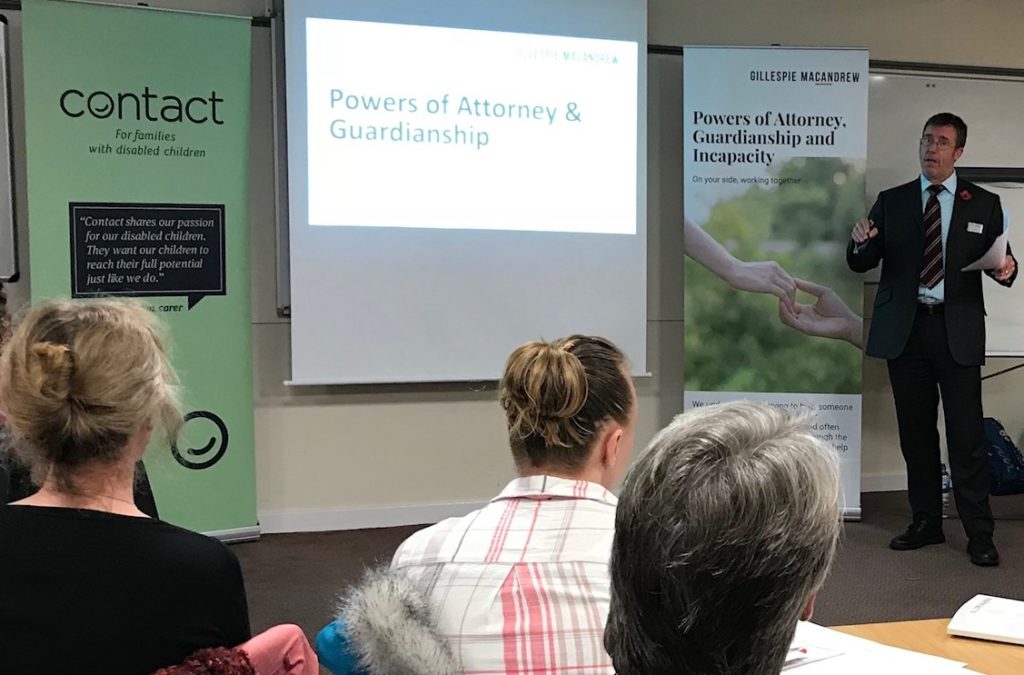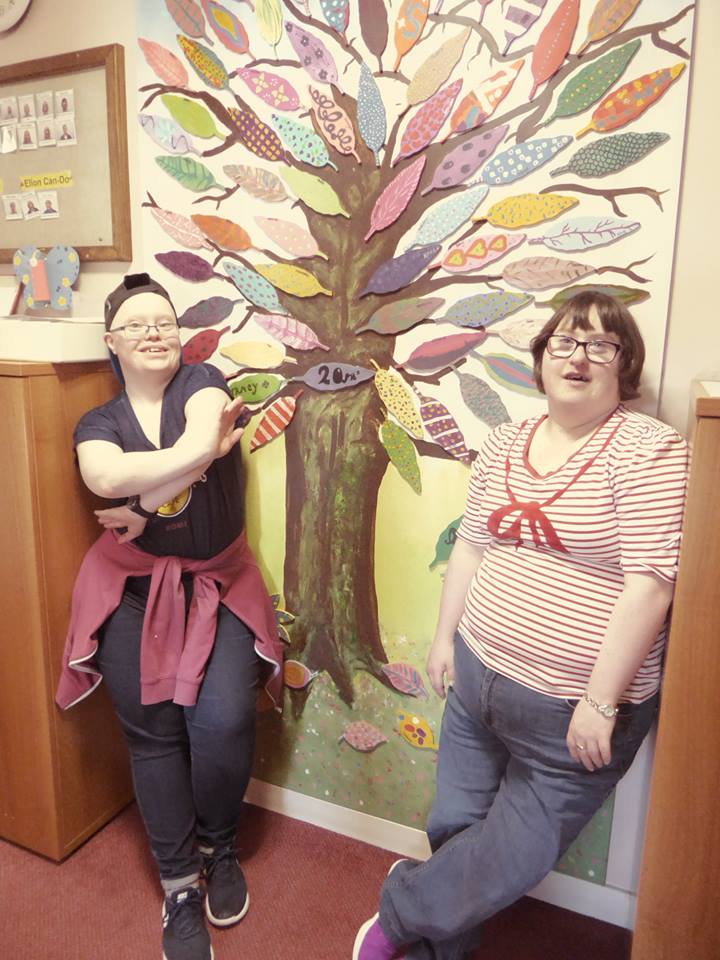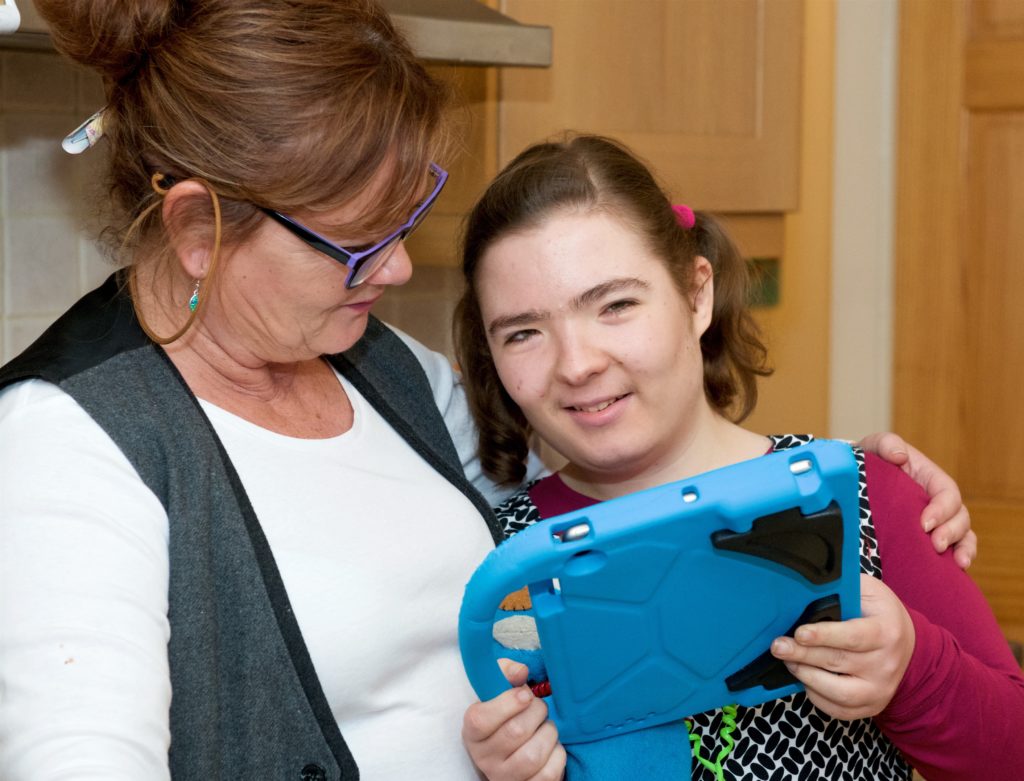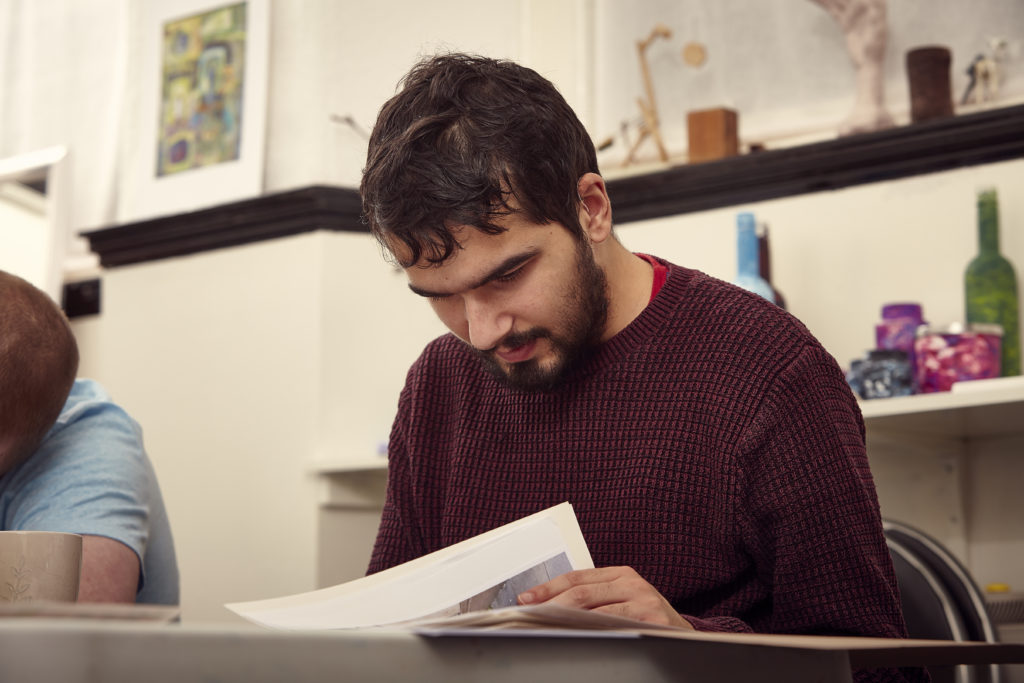In this article
Introduction
It’s important to know who should do what, and what to expect.
There are laws, national frameworks and guidelines that services and organisations should follow to ensure good practice in transition planning. These aren’t just worthy aims and ideas. They are based on legal rights, and international agreements such as the United Nations Conventions on the Rights of the Child (UNCRC), the Rights of Persons with Disabilities (CRPD) and Getting it Right for Every Child (GIRFEC).
Scottish Government guidance says a plan is essential for anyone who is at risk of not making a smooth transition to adulthood and that everyone has a duty to go beyond what the law says. This means person-centred planning and support that focuses on the young person’s best interests, wishes and aspirations.
It can help to think about the word ‘law’ as meaning what organisations MUST do, and the term ‘guidance’ as setting out what they SHOULD do.
Who should do what?
The law can’t be specific about every possible scenario and circumstance as there are just too many variations. It’s down to local authorities, professionals and other organisations to work out how to apply the law so young people get services they are entitled to. These are the rights and responsibilities that everyone involved in the process of transition planning has:
Joint responsibilities
Everyone has a role in ensuring young people with additional support needs can achieve their ambitions, desires and potential. No one person or profession has sole responsibility. Relevant legislation: Education (Additional Support for Learning)(Scotland) Act 2004, Section 2.
All young people with additional support needs have a right to transition planning. This should start at least two years before a young person is expected to leave school.
Usually the school coordinates the process and invites other organisations to become involved as necessary.
If the school doesn’t contact you, ask them about the transition process and your involvement. You can also start to pull together information and ideas yourself. Find out more about putting together a transition plan.
If a young person is home schooled, the education service still has a responsibility to be involved in planning and supporting transition.
If transition raises wellbeing concerns for a young person, tailored planning is a legal requirement under the Getting It Right for Every Child (GIRFEC) framework. Relevant legislation: The Children and Young People (Scotland) Act 2014), part 5.
Parents
Parent carers can:
- Request an assessment of needs for your young person.
- Request a Carer’s Assessment for yourself.
- Be involved in the transition planning process and have your views taken into account.
- Request a Coordinated Support Plan from your local authority if your child meets the eligibility criteria.
You can also:
- Contact the school to ask when transition planning will begin if you don’t hear from them. It’s important that it includes you in the process.
- Ask social work about an assessment of needs if your child will need adult support services.
Young people
Under new legislation, from their 12th birthday, children with capacity have many of the same rights as their parents and carers. They now have the right:
- To ask for their needs to be identified.
- To have input into plans and decision making around the support they receive.
- To have access to advocates to support them in exercising their rights at meetings.
- To be more involved in resolving disagreements around their support.
This gives them more say in decisions over their education and support, including identifying and reviewing their needs, and planning how to meet them.
All young people with additional support needs already have the right:
- To transition planning – though some families report lack of resources can make this difficult.
- To be involved in the transition planning process and have their views taken into account.
Education
Your child’s education setting and local authority:
- Should begin the transition planning process and ensure it involves appropriate agencies. Relevant legislation: Children and Young People (Scotland) Act 2014 part 4 and associated guidance; Education (Additional Support for Learning) (Scotland) Act 2004 section 33(1)-(3); Children and Young Peoples (Scotland) Act 2014, regulation 3(2)a; Additional Support for Learning (changes in school education) Scotland Regulations chapter 6 paragraph 6; ASL codes of practice and sections 12 and 13 for post school transitions.
- Should ensure relevant information is available to other agencies at least 1 year before the young person is due to leave school. Relevant legislation: Education (Additional Support for Learning) (Scotland) Act (2004), section 12, codes of practice p.119, chapter 6, paragraph 31.
- Must tell any relevant agencies no later than six months before someone is expected to leave school: a) the date they are expected to leave; b) about any services the local authority may provide after they leave (for example social work services or housing); and c) any other information that will help agencies provide their services. Relevant guidance: Enquire factsheet “Education and Additional Support after 16″
Social work
- Should explore personal outcome planning with young people who meet the eligibility criteria. Relevant legislation: Social Care (Self-directed Support) (Scotland) Act 2013 (GIRFEC guidance).
- Should indicate a budget for services to enable planning. Relevant guidance: Self Directed Support guidance, paragraph 7.12.
- Should comply with requests for assistance to identify adult services (potentially 1 year prior to young person leaving school) if laid out in the Child’s Plan. Relevant legislation: Children and Young People (Scotland) Act 2014, Part 5.
Young people who already have a social worker should be assessed for adult services by the time they are 18. For more information on needs assessments and agreeing a support package, click here.
Health services
- Should work with social work and social care staff to ensure information sharing, subject to consent from parents or the young person. Relevant legislation: Education (Additional Support for Learning) Scotland Act (2004) and the National Institute for Care Excellence Guidelines; Children and Young People (Scotland) Act 2014. NB: duties relating to information sharing are currently being reviewed.
- Health representatives should attend transitions planning meetings following an invitation from education. Relevant legislation: Education (Additional Support for Learning) (Scotland) Act (2004), sections 12 and 13.
- Should respond to a request for help to involve adult health services if asked (one year prior to young person leaving school). Relevant legislation: Children and Young People (Scotland) Act 2014 (section.40 (1) – (6)).
The Principles of Good Transitions 3
The Scottish Transitions Forum published The Principles of Good Transitions. It identifies seven key principles all organisations and services should follow. Each one is based on relevant parliamentary Acts and agreements.
The principles aren’t legally binding. But the Scottish Government and many national bodies have endorsed them as the yardstick for measuring good practice.
They are:
- Planning and decision making should happen in a person-centred way.
- Support coordinated across all services.
- Planning should start early and continue up to age 25.
- Young people should get the support they need.
- Young people, parents and carers must have access to the information they need.
- Families and carers need support.
- There should be a continued focus on transitions across Scotland.
You can download the Principles documents free from the Scottish Transitions Forum website, along with an autism supplement by Autism Network Scotland, and they are available in other formats on request.
The framework includes ideas, research, recommendations, case studies, tips, tools, information and sources of support.
Useful links and resources
- My Rights My Say
- Scottish Transitions Forum
- Transition timescales (Enquire PDF document)
- Key duties and recommenendations for young people (Scottish transition forum PDF)
Related information

Planning for transition in Scotland
Guidance on planning for transitions into adulthood in Scotland, including additional needs in education, work, and independent living.
Read more
Legal matters
How to support and protect the interests of your young person into adulthood.
Read more
Health and social care transitions
Differences in service structures, legal requirements for consent and guardianship, and the importance of early planning.
Read more
Talking about Tomorrow
The key topics to think about as your child moves into adulthood.
